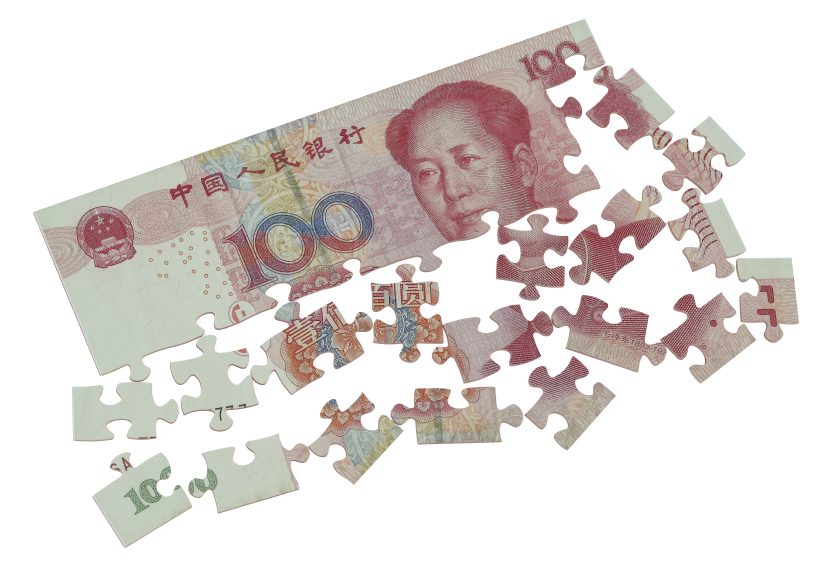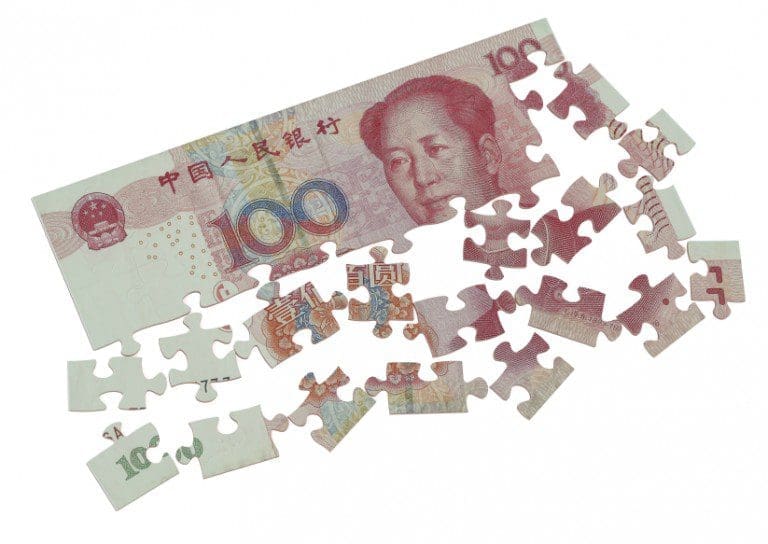
The scale of the fraud is breathtaking. Around 900,000 individual investors have collectively been bilked out of US$7.6 billion, according to Chinese officials, in one of the largest Ponzi schemes ever conceived.
While the total money involved is less than the infamous Madoff Ponzi scheme the number of people involved is far greater. Ezubao, until a couple of months ago one of the top 10 largest P2P lending platforms in China, has been shut down and 21 executives have been arrested. Even though Ezubao only launched in July, 2014 it quickly grew, attracting hundreds of thousands of investors with promises of 9-15% returns.
It has been reported that an estimated 95% of all borrower listings on Ezubao were fraudulent. Meanwhile the top executives used investor money to enrich themselves – spending on items and gifts including real estate, cars and luxury goods, according to the Xinhua news agency.
A Blow to P2P Lending in China
The Ezubao fraud is big news inside China – it has been reported as the largest financial fraud in Chinese history. I spoke with a colleague in Shanghai last night and he said that it is the lead story on all the major TV networks and newspapers. There are even protests being reported in Beijing and outside the company headquarters in Anhui Province.
All this comes as the Chinese government has just formulated new potential rules for P2P lending, having sought industry feedback with a deadline of just last week. So, new regulations are coming but these actions are obviously too little, too late for the investors in Ezubao.
When I was in China last month I spoke with people who told me that it is too easy to start a P2P lending platform there. You need just US$1,000 to create a smartphone app, then obtain a very inexpensive business telephone license and you can be up and running. This has lead to several thousand platforms being established in just the last three years. Clearly, this is all about to change.
The government will need to enforce some strict rules to safeguard investors. Some of these rules have already been proposed such as segregating investor money from operational money, borrower loan limits, more data transparency, no outside funding, no other investment products and much more. There was over 40 recommendations in the draft rules document.
The Difference Between the US and China
One of the stats I have heard used is that when it comes to borrower defaults around 50% occur in China because of fraud whereas in the US that number is more like 1%. Clearly, more work needs to be done in China with regards to identity verification and credit underwriting to make investing in p2p lending platforms more safe.
Another big difference is the difficulty in establishing a P2P lending platform here. There is a well-developed ecosystem in the US for both consumer and small business credit and appropriate lending licenses need to be obtained in most states before a company can begin operations.
Could this level of fraud happen in the US? I think it is highly unlikely. Most consumer lending platforms partner with regulated banks like Cross River Bank or WebBank. Their due diligence process is extremely rigorous and they force companies to become compliant with all national and state regulations. On the small business side there is even less fraud – maybe because of the wealth of financial and other data available on any business today that makes loan fraud that much more difficult.
P2P Lending Will Continue to Boom In China
Despite this major setback I think P2P lending will continue to grow and prosper in China. Regulations will likely get implemented quickly and they will be quite strict. But my conversations with Chinese P2P lending insiders indicate that the government is still supportive of the industry as a whole.
One the unique things about China is that its banking system primarily supports large government run businesses. By and large the middle class has not been served well by Chinese banks when it comes to credit – these P2P lending platforms are filling a real need.
We should not let one bad apple tarnish the entire industry. There are so many great companies run by reputable people doing ground breaking work. Companies like CreditEase, China Rapid Finance and Lufax, who recently raised $1.2 billion at an $18.5 billion valuation, are leading the sector forward in China. Lufax has indicated they intend to go public later this year and Yirendai, the online arm of CreditEase completed an IPO a few weeks ago on the New York Stock Exchange.
China clearly has a long way to go. Regulators let the industry run largely unchecked for several years and this has led to widespread fraud and platform failures. But taking a long term view, once regulation is in place and investors feel their money is safe, the Chinese P2P lending industry will continue to grow and dominate the world of P2P lending.


